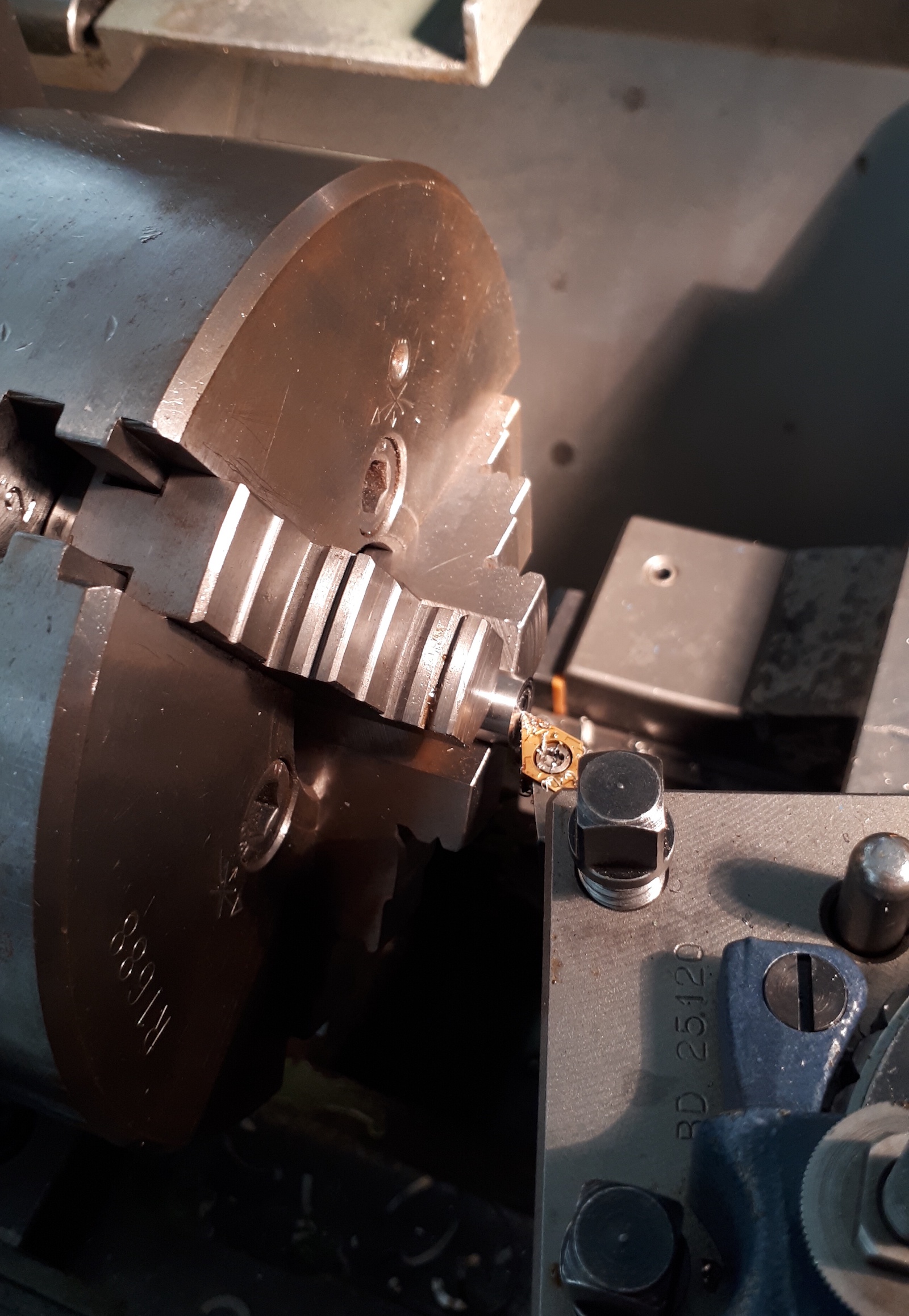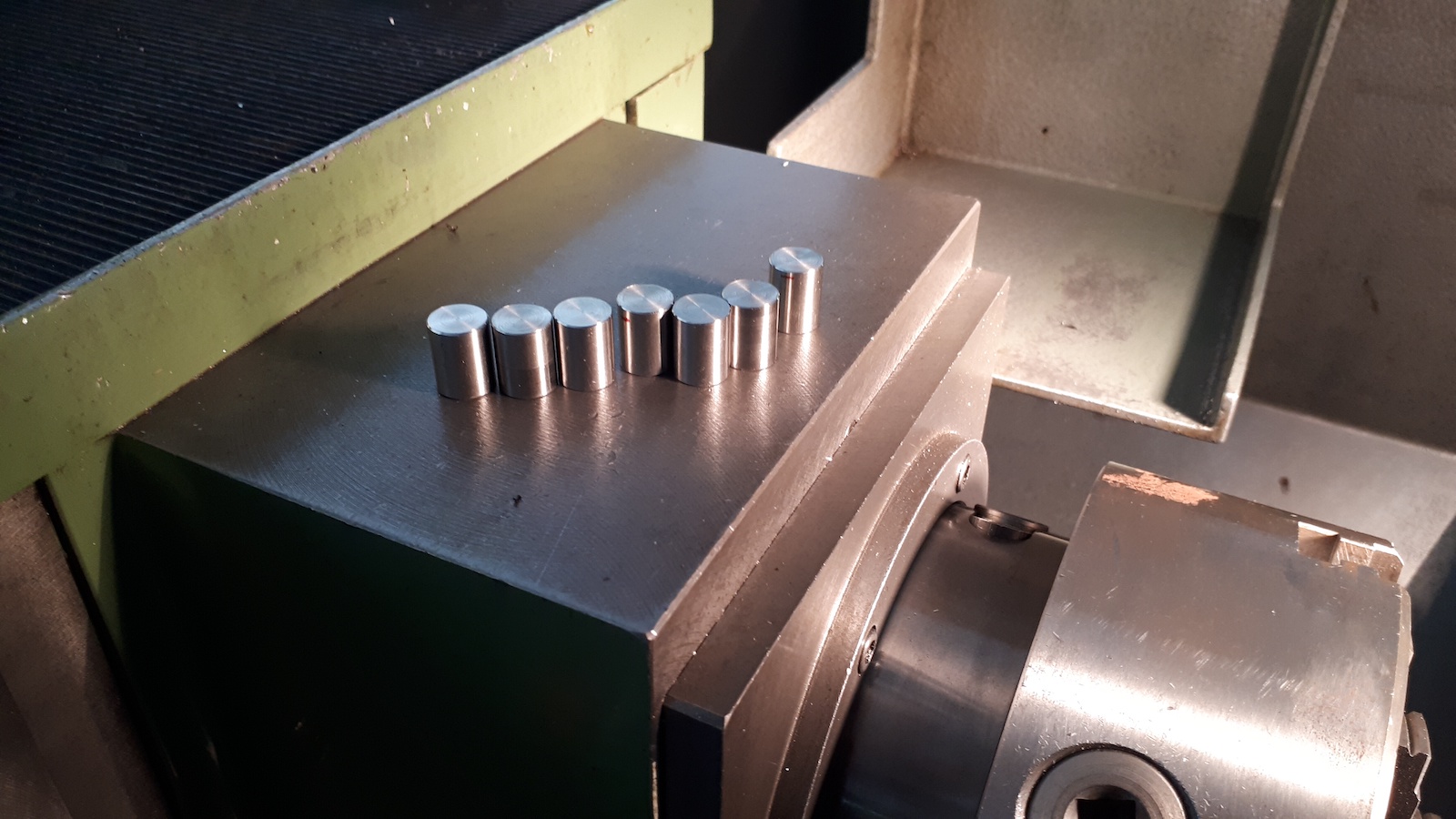Many Moses foil owners I have talked to have had problems with ripping out the thread of the brass inserts of their deep tuttle masts. Both of my inserts broke after about 20 sessions and ruined what could have been a nice afternoon on the water.
This picture shows how the insert looked after it was removed from the mast with a hammer and a screwdriver. Clearly visible is the damaged thread.

Instead of replacing them with new brass inserts I decided to use stainless steel inserts because the probability to break a M6 screw and make the mast unusable (by having a broken screw stuck in it) is rather low.
At this point I would like to clear up the often occurring misunderstanding that stainless steel should not be used with carbon fiber reinforced plastic which is only partially true (for certain types of stainless steel). What should not be used together are materials with strongly different anodic indices, for example stainless steel inserts and galvanized steel screws. Similarly, carbon parts with aluminum or plain steel. I am not saying that there won't be any corrosion of the stainless steel inserts, but certain alloys of stainless steel should theoretically corrode less than brass (for example alloy 316). Because titanium and graphite (carbon fiber) are almost equally noble and thus their electrochemical potentials/anodic indices are similar, titanium is the preferred material for inserts in carbon fiber reinforced parts that will be exposed to salt water for a long time. Unfortunately titanium is hard to machine and comparably expensive.
These are the dimensions for the Moses inserts (and most other deep tuttle inserts in foils):

The first step was to cut the inserts from a 12 mm stainless steel rod.


The next step was to drill 4.92 mm holes for the M6 threads and to tap the holes.

And done. Next to foils I also use the inserts for homemade fins.
